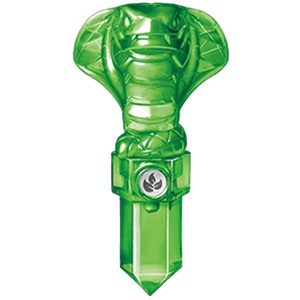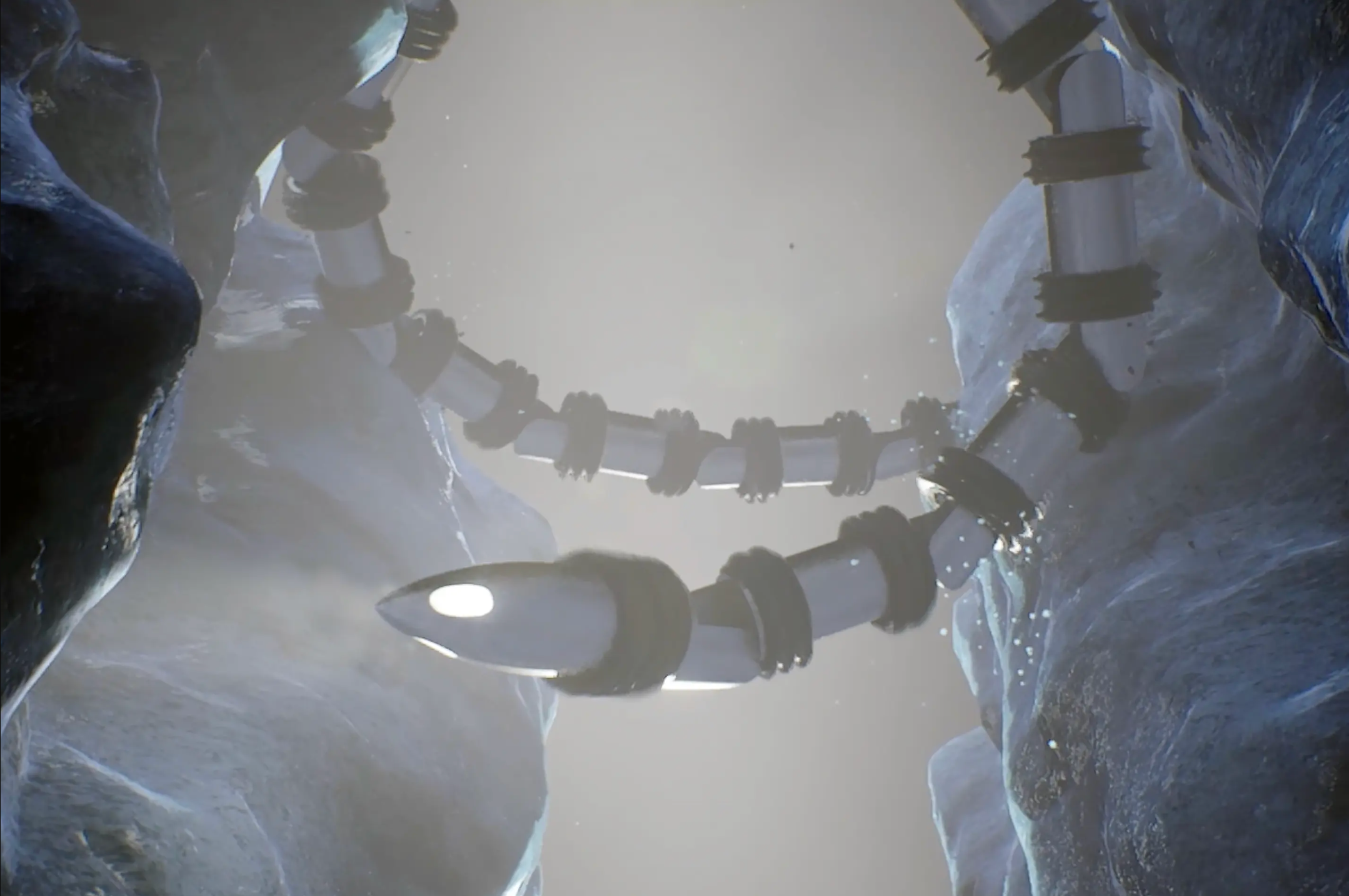

In the robot’s final design, up to 48 actuators will be used to allow EELS greater flexibility than the current version, with room for research equipment and increasingly complex configurations to navigate unforgiving terrains. Right now, with its 10-segment variant, EELS weighs about 220 pounds (100 kilograms), and measures 13 feet (4 meters) long. Enceladus may have ocean currents like we see around Antarctica Alien-life hunters are eyeing icy ocean moons Europa and Enceladus Methane in plume of Saturn's moon Enceladus could be sign of alien life, study suggests Related: NASA has a life-detecting instrument ready to fly to Europa or Enceladus NASA will be counting on EELS to wriggle its way through the surface ice of Enceladus to hunt for the proof. NASA measurements have detected large amounts of organic material within these plumes, and the space agency has tapped Enceladus as a major contender amongst planetary bodies in our solar system capable of supporting life. These jets are expelled with such force that one of Saturn's rings is comprised of the ice particles ejected from Enceladus' orbit. Its surface is covered in long cracks known as tiger stripes, which spew jets of water from oceans beneath the miles-thick ice.
LIFE 2 SNAKE ESCAPE CRACK
To test this, EELS researchers lowered a prototype of the snake-robot’s head into a glacial crack not dissimilar to one EELS might encounter on one of its primary targets: Saturn’s moon Enceladus.Įnceladus is an icy moon orbiting our solar system's most prominently-ringed planet. The robot’s head will feature cameras and lidar to help EELS analyze and traverse different environments, part of which involves creating 3D maps of its surroundings. Related: Slithering snake robots on Mars could aid future roversĮELS was tested at a ski resort in the southern California mountains in February 2023, by members of NASA's Jet Propulsion Laboratory.


So far, the team has tested EELS in several challenging environments: an ice rink, the sandy Mars Yard at JPL used for rover training, and even a "robot playground" setup at a ski resort in southern California. The current version of the robot consists of 10 rotating segments, propelled by wider, 8-inch (20-centimeter) plastic screws for testing over looser terrain, and sharper metal screws for gaining traction in icy conditions. "Though some robots are better at one particular type of terrain or other, the idea for EELS is the ability to do it all."ĮELS has undergone several iterations, with the research team testing which materials and design specifications are best. "It has the capability to go to locations where other robots can’t go," sid EELS project manager Matthew Robinson in the JPL statement. EELS' snake-like ability to move those segments independently allows the robot to exert pressure against the confines of tight spaces, to climb or descend areas conventional equipment would be incapable of reaching. The rotating segments on EELS are wrapped in screw threads, which it uses to propel itself over a variety of surfaces. EELS in testing at the Mars yard at NASA's Jet Propulsion Laboratory in Pasadena, California.


 0 kommentar(er)
0 kommentar(er)
